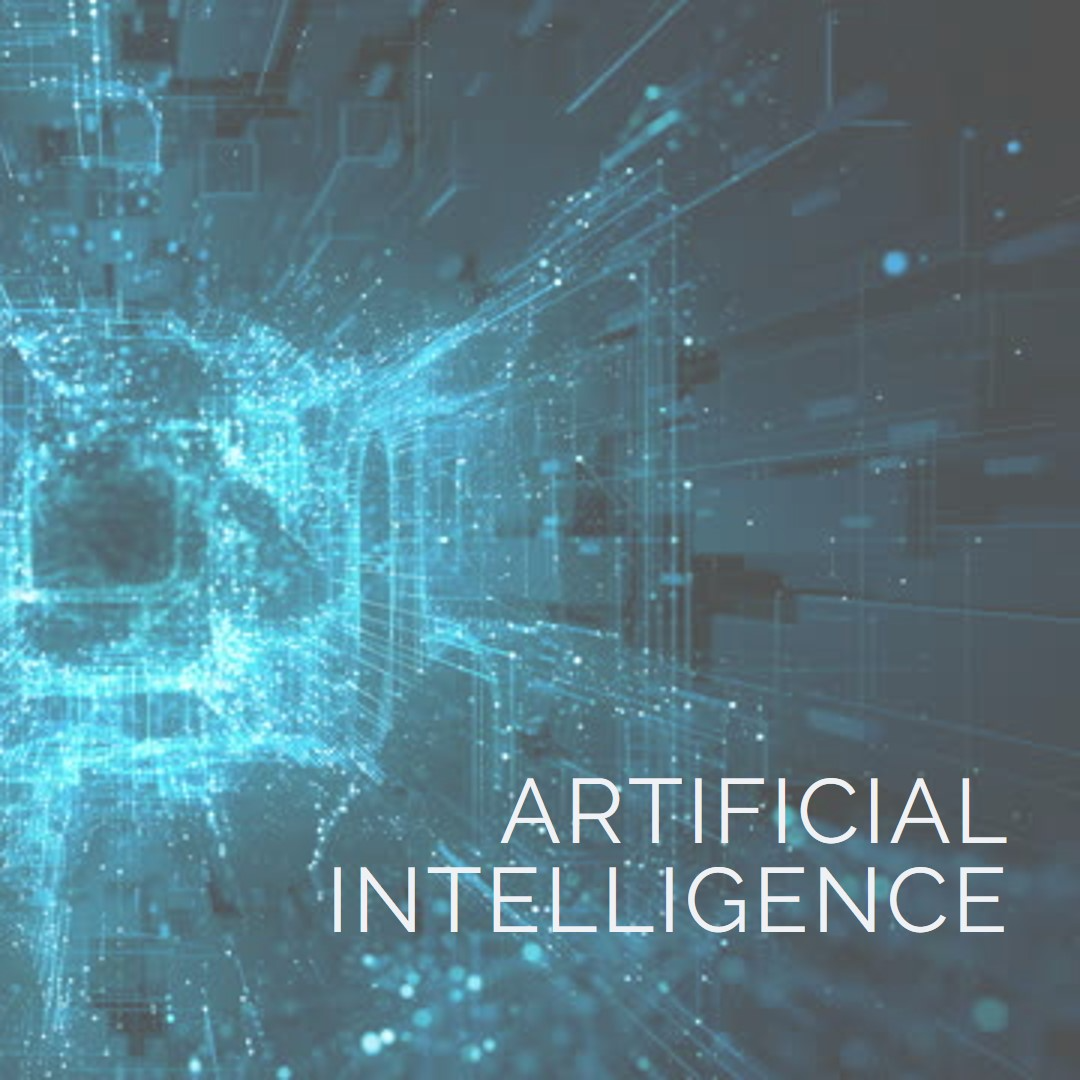# AI Basics
Welcome to the AI Basics section of Specified Behavior. Here, we explore the fundamentals of artificial intelligence, providing an overview of its concepts, evolution, and major milestones.

# What is AI?
Artificial Intelligence (AI) is a branch of computer science that aims to create machines capable of mimicking human intelligence. This can involve learning, reasoning, problem-solving, perception, and language understanding.
# Different Types of AI
AI can be classified into two main types: Narrow AI, which is designed to perform a narrow task (such as facial recognition or internet searches), and General AI, which can theoretically perform any intellectual task that a human being can.
# Machine Learning
Machine Learning (ML) is a subset of AI. With ML, computers are programmed to learn to do something they are not programmed to do: They learn by discovering patterns and insights from data. In general, we have two types of learning, supervised and unsupervised.
# Deep Learning
Deep Learning is a subset of Machine Learning. It uses neural networks with several layers (hence the "deep" in Deep Learning). These layers are responsible for the recognition and extraction of features from input data.
# Neural Networks
An Artificial Neural Network (ANN) is a type of AI that is modeled after the human brain and is designed to mimic the way that humans learn. It can adapt to changing input, so the network generates the best possible result without needing to redesign the output criteria.
# Natural Language Processing
Natural Language Processing (NLP) refers to AI methods of communicating with intelligent systems using a natural language. AI can be used to interpret, recognize, and even generate human language in a valuable way.
# Computer Vision
Computer Vision is the science of computers and software systems that can recognize and understand images and scenes. Computer Vision is the basis for a lot of the advances in AI, especially when it comes to recognizing patterns and objects in images and videos.
A Brief History of AI
- 1950: Alan Turing proposed the concept of machines that could simulate any human intelligence. This is widely recognized as the beginning of AI as a field.
- 1956: The term "Artificial Intelligence" was coined at the Dartmouth Conference, the first AI conference.
- 1960s-70s: Early AI research focused on problem-solving and symbolic methods.
- 1980s: Machine Learning emerged as a new paradigm within AI, focusing on the development of algorithms that could learn from and make predictions based on data.
- 1990s: Work on machine learning continued, and the field began to achieve some of its early goals, such as data mining, and practical speech recognition.
- 2000s: The development of more sophisticated algorithms and the availability of large amounts of data led to significant advancements in areas like image and speech recognition.
- 2011: IBM's Watson won Jeopardy!, demonstrating the potential for AI to understand and respond to natural language queries.
- 2012: A breakthrough in deep learning came when a team led by Geoffrey Hinton won the ImageNet competition, a large-scale object recognition contest.
- 2014: Chatbots, like Microsoft's Xiaoice, were released and could carry on conversations that passed the Turing Test for several minutes.
- 2016: Google's AlphaGo program beat the world champion Go player, showing that AI could master even the most complex games.
- 2018: OpenAI released GPT-2, a language model that could generate coherent, contextually relevant sentences.
- 2020: OpenAI released GPT-3, an even more powerful language model, capable of translation, question answering, and even creating poetry.
- 2021: ChatGPT, based on the GPT-4 (Bard) model, was released, further pushing the boundaries of what AI can do in natural language understanding and generation.
Interesting Facts about AI
- AI can learn from experience. This is called machine learning, and it's how services like Netflix recommend movies you might like.
- Some AI can recognize and respond to emotions. This is called affective computing, and it's used in things like customer service bots.
- AI is even used in healthcare, to predict patient outcomes and help doctors make diagnoses.
- Despite what science fiction might suggest, we're still a long way from AI that truly mimics human intelligence. Current AI is extremely good at specific tasks but struggles with understanding context and generalizing beyond its training.
- AI can be creative! AI has been used to compose music, create art, and even write poetry and stories.
- AI is a major driver in the field of autonomous vehicles. It's used to process all the complex information required to navigate a car through city streets.
- AI plays a key role in the fight against climate change, helping to optimize energy use, predict weather patterns for renewable energy, and monitor deforestation.
- Although AI has made great strides in language understanding, cultural nuances, idioms, and context can still pose significant challenges.